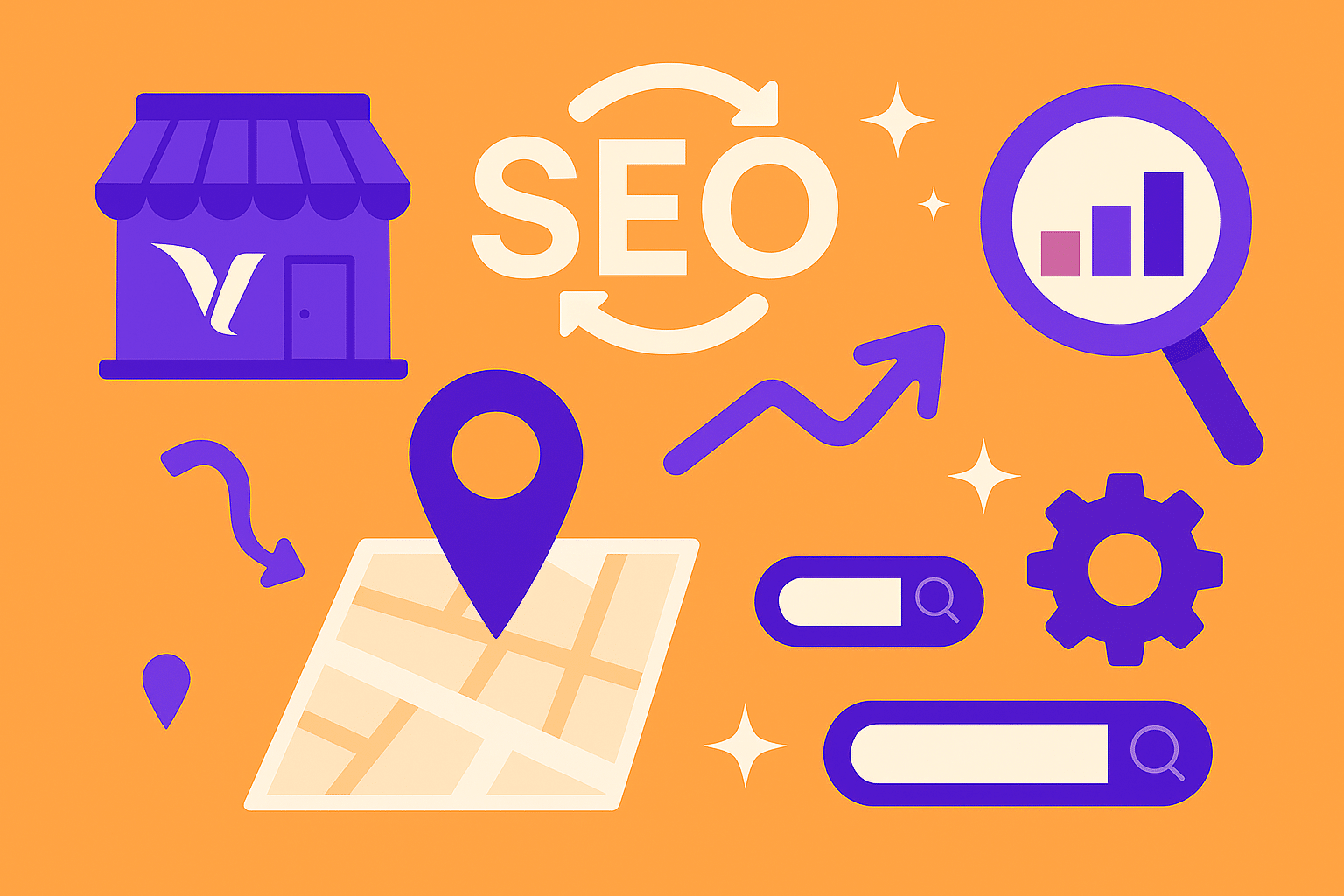The world of digital advertising is undergoing one of its biggest shifts yet. As we move through 2025, the end of third-party cookies is reshaping how eCommerce brands track, target, and engage with customers online. Once the backbone of personalized advertising, cookies enabled marketers to follow users across the web, serving hyper-relevant ads and building detailed user profiles. But growing privacy concerns and stricter data regulations have pushed these tools to extinction, forcing businesses to find new ways to reach audiences effectively.
This shift isn’t just a challenge—it’s an opportunity. Without cookies, brands can rethink their approach to data-driven marketing by prioritizing trust, transparency, and smarter technology. Through first-party data, contextual targeting, and AI-powered insights, businesses can build ad strategies that perform—without crossing privacy lines. Here’s how to thrive in a cookieless world.
The Fall of Third-Party Cookies
For years, third-party cookies were the engine behind online advertising. They allowed advertisers to monitor user behavior across multiple sites, retarget visitors, and measure performance with incredible precision. However, as users became more aware of how their data was being collected and shared, calls for data privacy reform intensified. In response, companies like Google introduced the Privacy Sandbox, while Apple enforced its App Tracking Transparency (ATT) framework—giving users greater control over their data.
For eCommerce businesses, this transition has redefined how success is measured. Without third-party tracking, brands face challenges in understanding customer behavior, optimizing ad spend, and maintaining personalization. Yet, it also opens the door to more ethical, relationship-based advertising strategies that respect user consent and emphasize authenticity.
Embracing First-Party and Zero-Party Data
In a cookieless advertising world, success hinges on the smart use of first-party data—information collected directly from your own website, app, or CRM. This includes email sign-ups, purchase history, and engagement data. It’s accurate, consent-based, and invaluable for creating relevant, personalized experiences. Brands can use this data to segment audiences, tailor messaging, and drive customer retention more effectively than ever.
Then comes zero-party data—information users voluntarily share, such as preferences, interests, or feedback. This data provides even deeper insight into customer intent. For example, a retailer might use an interactive quiz or loyalty program to gather insights that inform personalized recommendations. By giving customers value in exchange for information, businesses can maintain engagement while building trust and long-term loyalty.
 Stitch Fix personalizes recommendations using zero-party data
Stitch Fix personalizes recommendations using zero-party data
The Comeback of Contextual Advertising
As behavioral tracking fades, contextual advertising is making a strong comeback. Instead of relying on user data, this strategy places ads based on the content of a page. For instance, a camping gear retailer might place ads on a blog about hiking trails or outdoor travel. The result? Ads that feel relevant without invading privacy.
This approach aligns perfectly with the cookieless era—focusing on relevance, quality content, and intent rather than intrusive tracking. With advanced machine learning, modern contextual advertising is smarter than ever, allowing brands to understand the tone, imagery, and topics of a page before serving ads. The result is higher engagement and stronger alignment with brand values.
New Targeting Tactics for 2025
To thrive without third-party cookies, marketers must rethink their ad targeting strategies. Start by deepening your use of first-party data to segment audiences and personalize experiences. Combine it with contextual advertising for a privacy-safe way to remain relevant. Investing in AI-driven audience modeling tools also helps identify potential customers who share characteristics with your best-performing segments.
Partnerships will play a major role as well. Collaborating with trusted publishers or retail media networks can unlock premium audience data and expand reach. Meanwhile, technologies like Google’s Privacy Sandbox will provide new ways to deliver targeted ads without storing or sharing personal identifiers—offering a bridge between personalization and privacy compliance.
Leveraging AI and Machine Learning
Artificial intelligence is now central to the future of advertising. In the absence of cookies, AI can analyze real-time behavior, predict user intent, and optimize campaigns based on live feedback. Machine learning tools can process massive datasets from first-party interactions to improve ad performance and attribution accuracy.
Predictive analytics, for example, allows brands to anticipate customer needs before they arise, creating a more proactive marketing approach. AI also automates campaign management, ensuring ads are optimized for engagement and cost-efficiency without manual guesswork. This helps brands stay competitive in a landscape that demands speed, precision, and privacy awareness.
Building Trust Through Transparency
The shift away from cookies signals a broader cultural change—consumers now expect transparency and control. Businesses that clearly communicate how they collect, use, and protect customer data will earn greater loyalty. Implementing visible privacy policies, cookie banners, and consent options isn’t just about compliance—it’s about building long-term trust.
When customers know their data is respected, they’re more likely to engage, subscribe, and share information voluntarily. That trust becomes a powerful competitive advantage, strengthening both customer relationships and brand reputation.
Conclusion
The cookieless era marks a turning point for digital advertising—but not the end of personalization or performance. By embracing first-party data, investing in AI-driven insights, and reintroducing contextual targeting, businesses can continue to deliver impactful, privacy-safe campaigns that drive growth.
In 2025, the most successful brands will be those that balance innovation with integrity. The future of advertising isn’t about tracking—it’s about trust, transparency, and creating meaningful connections with customers in smarter, more respectful ways.

 Eashan Mehta
Eashan Mehta





